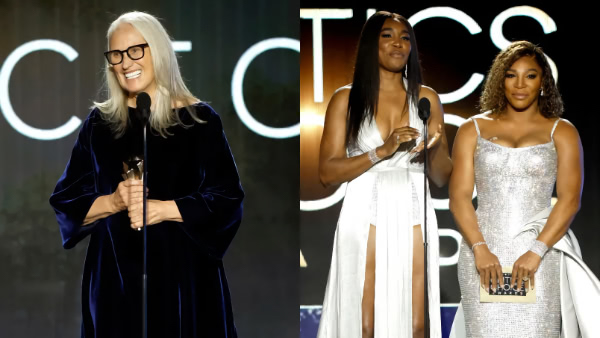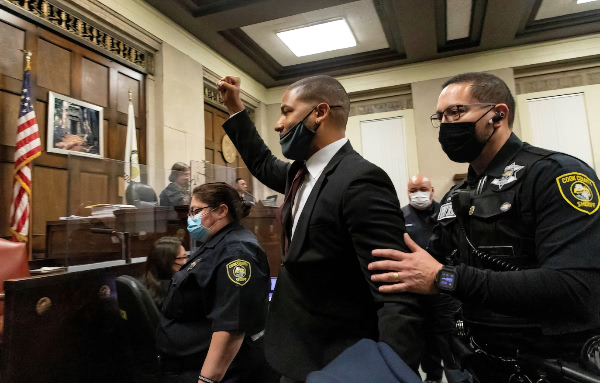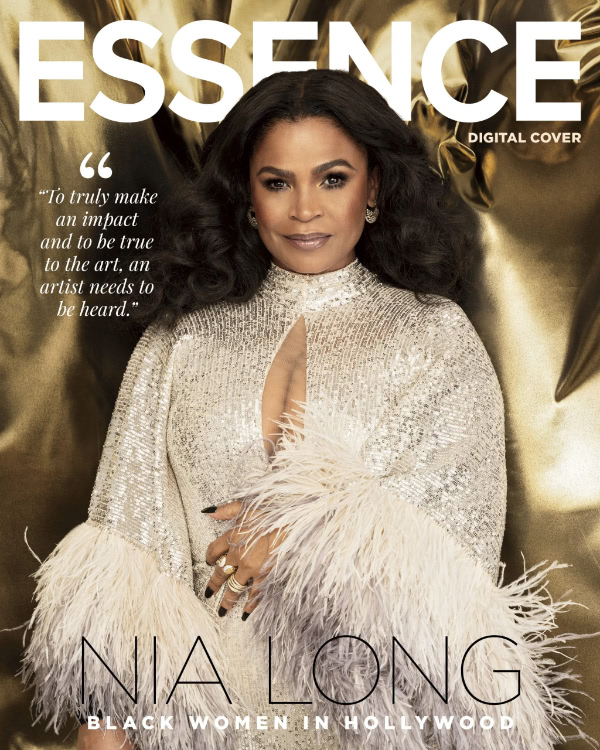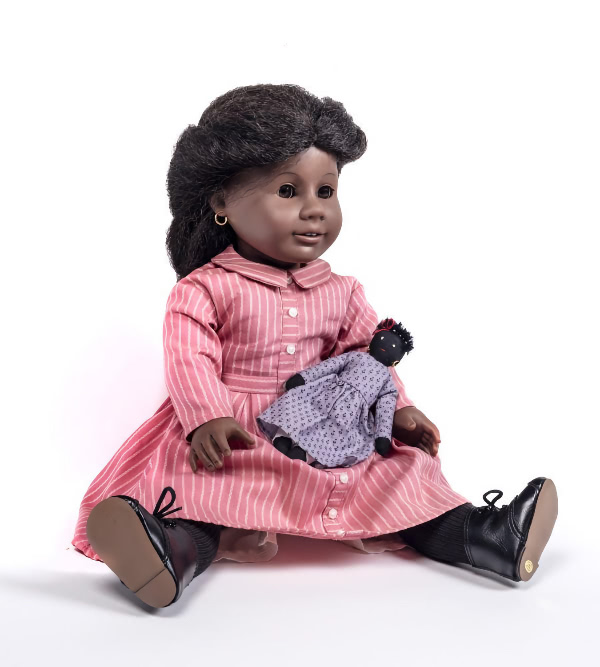The false fantasy of funding the police

Michael Harriot, writing for theGrio:
How policing works—or that it works at all—is one of the most fantastic but persistent pieces of American fiction. This false notion is so commonly accepted that the premise is rarely contested. According to the tightly spun historical yarn, police protect people from danger, solve crimes and prevent chaos. According to this longstanding legend, they selflessly walk the thin blue line, risking their lives for you and me. Sure, they sometimes kill people. But, without these brave guardians of safety and pursuers of justice, there’d be anarchy. As the saying goes: “You can’t make an omelet without breaking a few eggs—mostly the brown ones.”
Harriot tackles a number of myths about policing in America, one of the biggest being that hiring more police leads to a reduction in crime.
In reality, the evidence is mixed and the outcomes are uncertain. Sometimes more cops equals less crime, sometimes it doesn’t. Sometimes crime is simply displaced — Criminals go commit the same crimes where cops aren’t around.
Further…
Even when laws are broken, officers usually don’t catch the culprits. Most criminal acts are not reported and almost always remain unsolved. In fact, only 2 percent of serious crimes ever result in a conviction.
And, as Harriot explains, police aren’t hurting for money. We’ve been funding them this whole time:
According to the Council on Criminal Justice, per capita police spending nearly doubled over the last four decades. In 1982, state and local police expenditures averaged nearly $5,000. We’re now averaging over $10,000 per citizen. We are already giving the police more money.
Yet, with all this money, body armor, cameras and posturing, why haven’t police stopped shooting Black people in the face? Why haven’t police complaints dropped dramatically? Has there been an increase in crimes being solved? Have traffic accidents gone down? Has the perception of safety gone up?
No, it hasn’t.
Jane Campion’s comment about Venus and Serena Williams is a perfect example of white feminism

Director Jane Campion declared — bizarrely — at the end of her acceptance speech for the 2022 Critics Choice Award for Best Director, “Serena and Venus you are such marvels. However, you do not play against the guys. Like I have to.”
Natasha Mulenga, writing for Teen Vogue:
This type of disrespect is something that unfortunately has become commonplace for Venus and Serena, on and off the court, hence their mostly unbothered reactions. And sadly, white feminists negating the struggles of Black women in the name of feminist ideals isn’t new.
Mulenga continues:
Even as far back as the Suffragette movement, Black women's struggles have been negated and ignored. Black women of the early 1900s were betrayed by women who chose to align with white supremacy rather than ensuring that all women had the right to vote. It appears as though white women easily dismiss the plight of Black women because, even in the face of oppression, they don’t necessarily see us as their equals. I'd argue that their proximity to whiteness trumps their gendered allegiance. Historically, they've often seen Black women as stepping stones to their own liberation, objects to be used only to prop themselves up.
Did Jussie Smollett deserve jail time?

Paul Butler, writing for The Washington Post, says he doesn’t believe Jussie Smollet’s story but, at the same time, his punishment doesn’t fit the crime.
Initially the charges against Smollett were dropped and he was required to do community service. Butler says that wasn’t enough for the powers that be.
Here’s the bizarre procedure they used to reprosecute Smollett: A retired Chicago judge who had nothing to do with the case filed a petition with the city’s criminal court, claiming that she had been so personally damaged by the derogatory media commentary that her “ability to live peacefully has been diminished.”
In response, Chicago’s chief criminal court judge appointed a special counsel to examine whether Smollett should be recharged, and to investigate how Cook County State’s Attorney Kim Foxx’s office had handled the case. Setting aside any presumption of innocence, the judge’s order described Smollett as a “charlatan who fomented a hoax the equal of any twisted television intrigue.”
Butler’s piece was published prior to Smollett’s release pending appeal on Wednesday night.
The Story of Steve Harvey

Helena Andrews-Dyer profiles Steve Harvey for The Washington Post:
Breaking down Harvey’s story is a herculean task: How the kid from Ohio with a speech impediment would one day have six different TV shows airing in a single calendar year. How the man who made gigantic rainbow-colored suits his trademark is now on the cover of Paper magazine, achieving fashion icon and senior citizen status at the same time. How the guy who flunked out of Kent State University became a “judge.”
There are so many twists and turns and “what?” moments it all sounds made up — like a Grimm’s fairy tale or a biblical parable. A story meant to startle you into learning something.
“I hated the process, but when I look back on it, everything you’re going through is preparing you for what you asked God for,” Harvey said with all the sincerity of someone who’s been through it and come out the other side. What he asked for was pretty straightforward.
Nia Long Has Always Been Her Best Self

Kovie Biakolo for Essence:
For Nia Long, whose acting career spans more than three decades in film and television—and who is cited as the pinnacle of beauty and sex appeal in more than a few song lyrics— performance remains about art. Fame and fortune were never the goals for the now-veteran actor. Instead, stepping in front of the camera was a catalyst for something more primal: survival.
The Hidden History of Black Dolls

The New-York Historical Society:
Black Dolls explores handmade cloth dolls made primarily by African American women between 1850 and 1940 through the lens of race, gender, and history. The exhibition immerses visitors in the world of dolls, doll play, and doll making while examining the formation of racial stereotypes and confronting the persistence of racism in American history. It features more than 100 cloth dolls, alongside dozens of historical photographs of white and Black children posed with their playthings and caregivers. A coda explores 20th-century commercial dolls marketed to a broader audience of Black families seeking to instill pride in their children. Through these humble yet potent objects, Black Dolls reveals difficult truths about American history and invites visitors to engage in the urgent national conversation around the legacy of slavery and race.
Black Dolls runs through June 5 at the New-York Historical Society in Manhattan.
Thanks for reading. See you next week.
